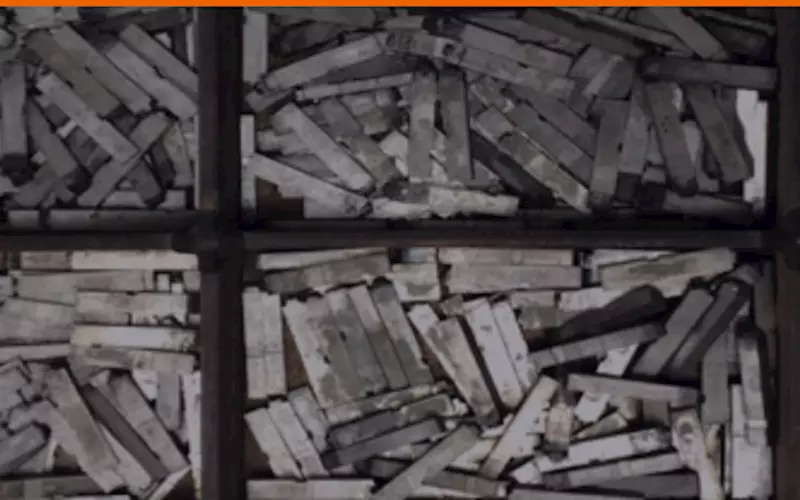Arun Naik to attend letterpress conference in the UK
Print expert Arun Bapurao Naik has been invited to present a paper on ‘The Legacy of Letterpress Printing in India’ at the Letterpress: Past, Present, and Future conference organised by University of Leeds and Birmingham City University in the UK. The conference will run from 19 to 20 July 2018 and will be held at the Business School, University of Leeds.
23 May 2018 | By Dibyajyoti Sarma
Son of the legendary Bapurao Naik, who wrote the monumental Typography of Devanagari in three volumes, Naik was associated with the print firm Akshar Pratiroop. He was a Graphic Arts Technology Foundation fellow in 1988 and has been a member the Bombay Master Printers Association and the Maharashtra Textbook Printers Association. He was also the editor of Print Bulletin and MC member of MMS as well as BMPA.
Besides being a print expert, Naik wrote a book on paper for Standard VIII students called Kagad (1994) and also translated Shakespeare’s Hamlet.
The conference will focus on the changing trends of printing in the twentieth century, when it shifted from a craft-based to a technology-led process. The composing room moved from hand to machine composition, from photosetting to digital; while the press room shifted from letterpress to offset lithography and latter digital methods of production. Technical progress, however, failed to completely usurp traditional printing and today there is a marked increase in those engaged with older methods of production, whether for pleasure, profit, or scholarship.
For example, housed in the basement of the School of English at the University of Leeds, there is a range of letterpress machines and moveable type. Originally used to teach bibliography, this facility fell out of use as academic fashions changed. Today, it has been resurrected by a new generation of scholars curious to practice craft techniques in order to enhance their understanding of the past.
Similarly, when the printing industry jettisoned letterpress in favour of contemporary technology, some of the equipment survived and was appropriated by artists as tools for creativity, or salvaged by museums as relics of the past. Some of this historic equipment was requisitioned by a new generation of printers keen to satisfy market demands for traditional printing and often used in tandem with contemporary techniques.
The two-day conference will explore the survival, legacy and relevance of letterpress printing in the digital era.














 See All
See All